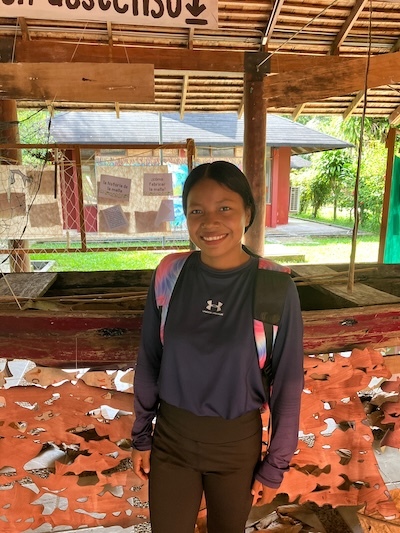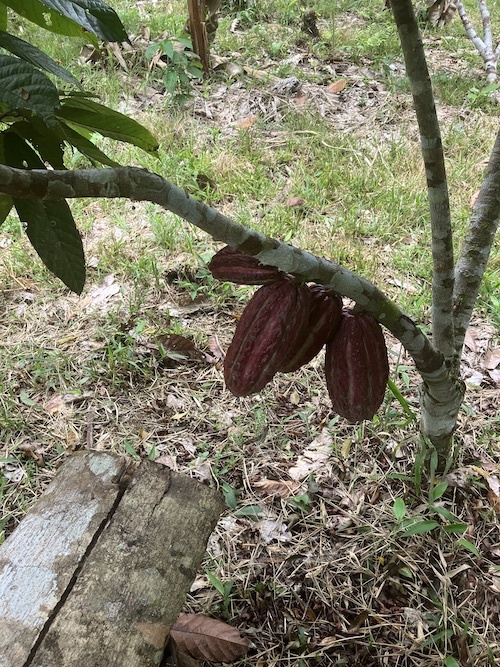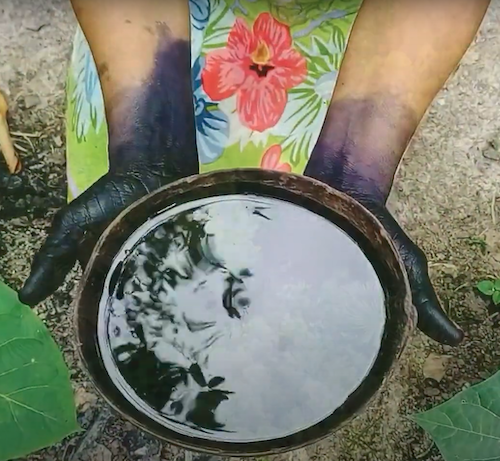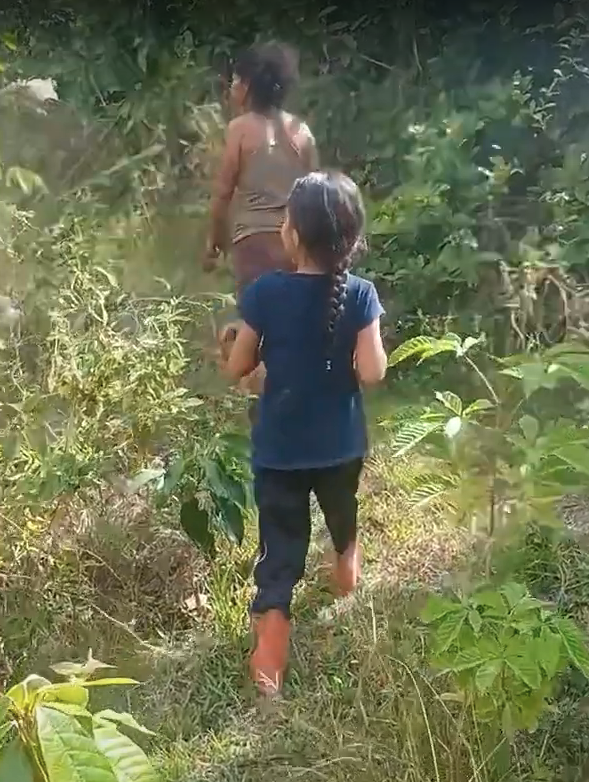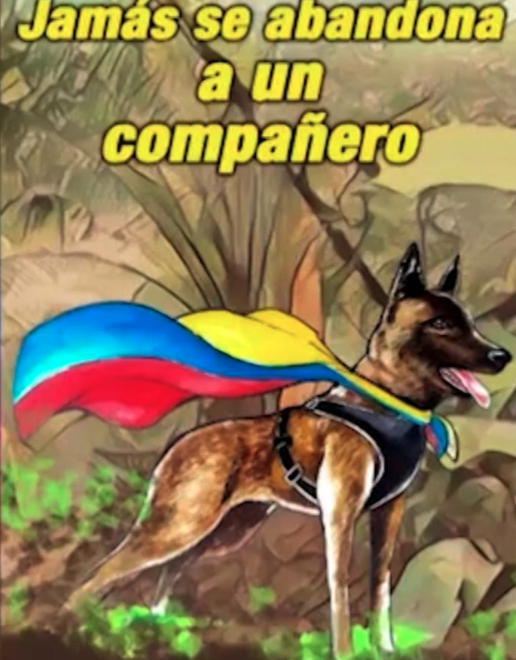only connect
May. 8th, 2025 03:03 pmHoly moly, a person from the Tukano Amazonian people just friended me on Bluesky, and she's learning Tikuna too! I was able to say to her that I thought Tikuna was tagarü mecuraum (a beautiful language). I apologized for my poor orthography (Tikuna is rendered into letters differently in Peru, Colombia, and Brazil, but what I write is not even correct by the Colombian orthography because my teacher is pretty random about spelling). This woman then kindly gave me the correct (for Brazil) orthography, plus a grammar correction: Tága rü nã mecüraū (I left out the ña... not entirely sure what it does/means, but learning is a slow and wondrous thing).
Truly, the internet remains a wondrous place for connecting with people! And now I know the Tukano word for cassava: kií. (Tikuna is a language isolate, so the chances of my Tikuna helping me know Tukano are slight, except for common loan words they both might have from, e.g., Tupi.)
I have other things to post about but I'm going to put the different flavors on different plates (i.e., save it for another post)
Truly, the internet remains a wondrous place for connecting with people! And now I know the Tukano word for cassava: kií. (Tikuna is a language isolate, so the chances of my Tikuna helping me know Tukano are slight, except for common loan words they both might have from, e.g., Tupi.)
I have other things to post about but I'm going to put the different flavors on different plates (i.e., save it for another post)












